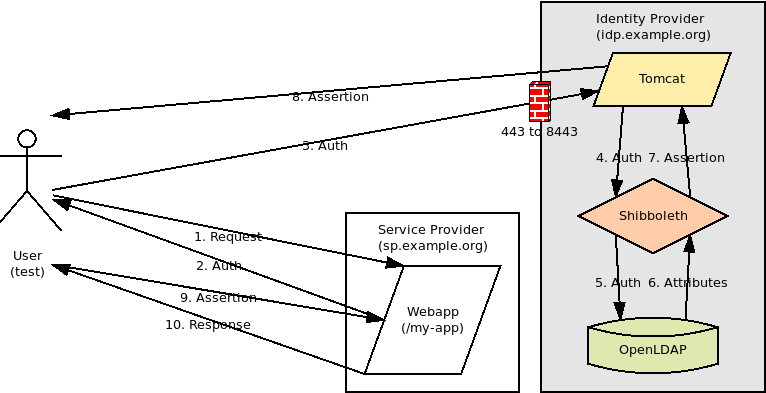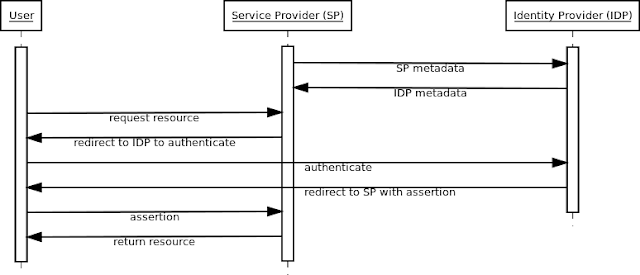3 tips to maximize the benefits of cloud computing
Many organizations are seeking to enhance the agility, efficiency, and security of their IT systems by migrating to the cloud. But organizations that continue to follow traditional approaches to IT or just duplicate their current infrastructure on virtual servers in the cloud will only realize minimal gains. In order to maximize the benefits of cloud computing, an organization needs to know how to effectively apply the new features and practices made possible by the cloud to their IT and software development processes. In this blog post, we provide three simple tips to help you maximize the benefits of cloud computing for your organization.
1. Allow self service resource provisioning
Provisioning of computing resources is often a major bottleneck and source of inefficiencies in traditional approaches to IT. Developers are required to submit tickets and wait on a dedicated infrastructure team to build the resources for them before development can begin. Cloud computing eliminates this bottleneck by allowing computing resources to be provisioned on demand in a self service fashion with only a few clicks in the cloud console (web based user interface for managing cloud resources). Organizations should allow self service resource provisioning to become more agile and deliver software faster and with less resources.
2. Follow a PaaS first approach
Operating and maintaining the computing resources that software runs on top of is a major burden for organizations, requiring a dedicated infrastructure team often outnumbering developers, to perform manual low level tasks such as installing operating systems and application runtimes and applying security updates. Failing to promptly apply an update could make the organization vulnerable to serious cyber attacks as seen in the news lately. Cloud computing alleviates this burden by offering many high level resources such as application runtimes (Tomcat, Node.js, etc) and databases, as a service, which abstract low level details such as infrastructure and operating systems from the consumer of the service, allowing them to focus solely on developing the application. Organizations should follow a PaaS first approach, which considers PaaS or serverless services before building resources from scratch using virtual servers (IaaS), to minimize operations and maintenance cost and maximize security, efficiency, and productivity.
3. Automate resource creation
Most cloud applications are comprised of a group of resources with specific configuration and interdependencies, commonly referred to as a stack (Ex: app server, message queue, object store, database). Throughout the software development lifecycle, many instances of a stack need to be created for development, test, and demo purposes. Manually provisioning and configuring each resource in the correct order can be a time consuming and error prone process. Most cloud providers can automate this process by supporting resource templates, which are simple text files for declaring the resources in a stack along with their configuration and dependencies. Once created, a template can be submitted to the cloud provider to repeatedly and consistently create instances of the stack. In addition, the templates can be managed and shared like source code using the same configuration management methods. Organizations should automate resource creation using templates to deliver software faster and more reliably.
1. Allow self service resource provisioning
Provisioning of computing resources is often a major bottleneck and source of inefficiencies in traditional approaches to IT. Developers are required to submit tickets and wait on a dedicated infrastructure team to build the resources for them before development can begin. Cloud computing eliminates this bottleneck by allowing computing resources to be provisioned on demand in a self service fashion with only a few clicks in the cloud console (web based user interface for managing cloud resources). Organizations should allow self service resource provisioning to become more agile and deliver software faster and with less resources.
2. Follow a PaaS first approach
Operating and maintaining the computing resources that software runs on top of is a major burden for organizations, requiring a dedicated infrastructure team often outnumbering developers, to perform manual low level tasks such as installing operating systems and application runtimes and applying security updates. Failing to promptly apply an update could make the organization vulnerable to serious cyber attacks as seen in the news lately. Cloud computing alleviates this burden by offering many high level resources such as application runtimes (Tomcat, Node.js, etc) and databases, as a service, which abstract low level details such as infrastructure and operating systems from the consumer of the service, allowing them to focus solely on developing the application. Organizations should follow a PaaS first approach, which considers PaaS or serverless services before building resources from scratch using virtual servers (IaaS), to minimize operations and maintenance cost and maximize security, efficiency, and productivity.
3. Automate resource creation
Most cloud applications are comprised of a group of resources with specific configuration and interdependencies, commonly referred to as a stack (Ex: app server, message queue, object store, database). Throughout the software development lifecycle, many instances of a stack need to be created for development, test, and demo purposes. Manually provisioning and configuring each resource in the correct order can be a time consuming and error prone process. Most cloud providers can automate this process by supporting resource templates, which are simple text files for declaring the resources in a stack along with their configuration and dependencies. Once created, a template can be submitted to the cloud provider to repeatedly and consistently create instances of the stack. In addition, the templates can be managed and shared like source code using the same configuration management methods. Organizations should automate resource creation using templates to deliver software faster and more reliably.


The information you have shared here about cloud computing is really informative as it contains some good stuff which is essential for knowledge. computer support miami.
ReplyDeleteYour article provided me with an array of data about this topic aws certified solutions architect associate, and I would appreciate you continuing to write.
ReplyDelete